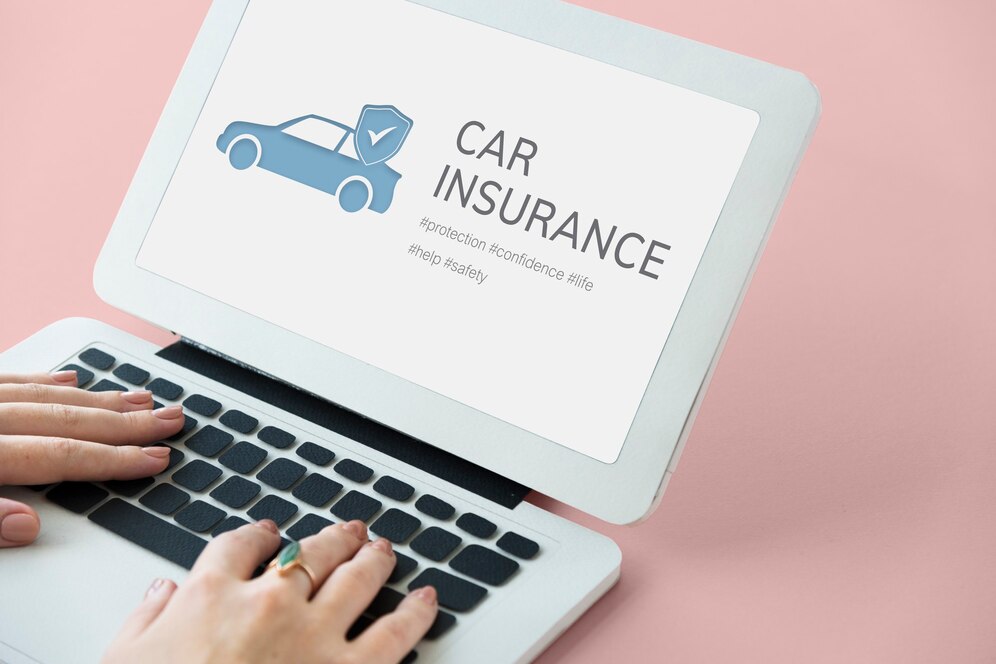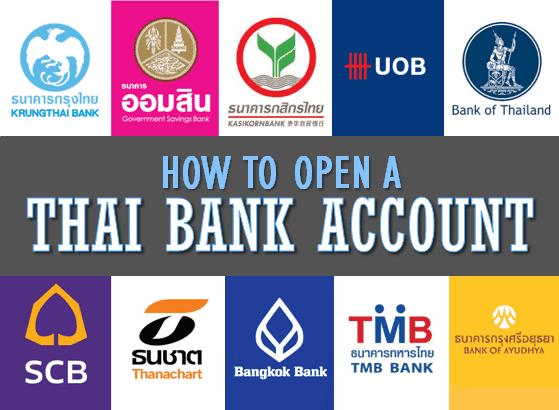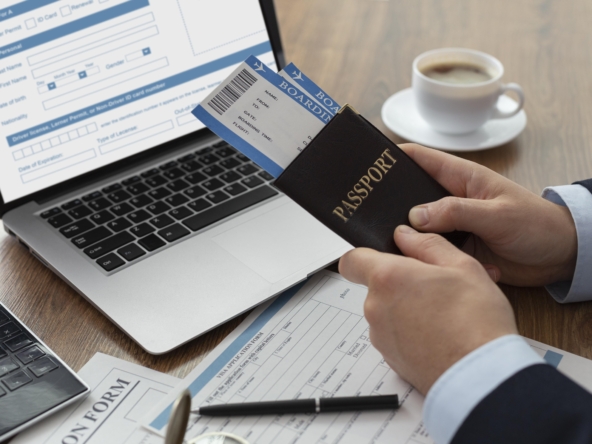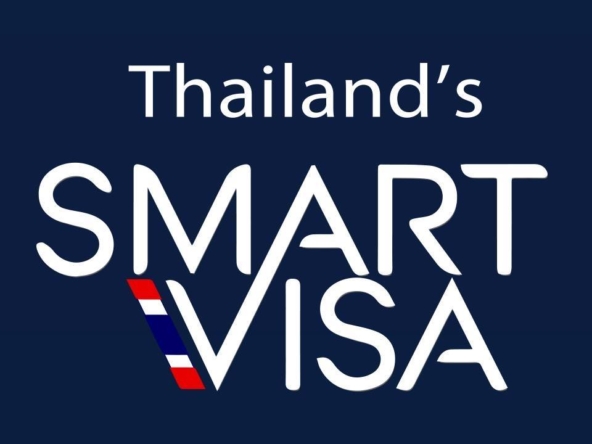Everything You Need to Know and How to Choose the Best Coverage
Whether you’re living in Thailand full-time, visiting for an extended stay, or investing in a second home, owning a car is one of the best ways to explore the country’s landscapes and cities at your own pace. However, with ownership comes responsibility—and securing proper car insurance is one of the most important steps.
Thailand has a unique car insurance system, with both mandatory and optional policies. While basic insurance is required by law, it often falls short when it comes to serious accidents, theft, or damage from natural disasters like floods and storms. To protect yourself, your vehicle, and others on the road, it’s essential to understand the types of car insurance available and what each policy covers.
Why You Need Car Insurance in Thailand
Car insurance in Thailand isn’t just a legal requirement—it’s a practical necessity. The country has a high rate of road traffic incidents, especially in busy urban centers like Bangkok and on highways during national holidays. Add in factors like unpredictable weather, road construction, and varying driving habits, and it becomes clear why insurance matters.
Moreover, natural hazards such as flooding during the monsoon season or falling trees during storms can cause extensive damage to vehicles. Without the right coverage, you could be left facing major repair bills or legal costs.
Types of Car Insurance in Thailand
Car insurance in Thailand is generally divided into two categories: compulsory and voluntary. Understanding the difference is key to making an informed choice.
1. Compulsory Motor Insurance (Por Ror Bor)
Por Ror Bor is the minimum legal requirement for all vehicles registered in Thailand. It provides basic medical coverage for injuries or death resulting from road accidents, regardless of who is at fault.
What it covers:
Medical expenses for the injured
Death and disability compensation
What it does not cover:
Damage to vehicles (yours or others’)
Property damage
Theft or natural disasters
Por Ror Bor is extremely limited. It only covers third-party bodily injury and has capped benefits. All drivers are required to have it, and it must be renewed annually at the time of vehicle registration.
2. Voluntary Insurance (Type 1, 2+, 3+, 3)
Voluntary car insurance policies in Thailand offer broader protection and are sold by private insurers. These policies come in four main categories:
Type 1 Insurance
This is the most comprehensive and recommended policy type, particularly for new or high-value vehicles.
Covers:
All accident-related damage (whether you’re at fault or not)
Collision with other vehicles or objects
Theft, fire, natural disasters (flood, storm, etc.)
Third-party liability (injury and property)
Personal accident coverage for driver and passengers
Emergency medical expenses
Towing services
Best for:
New cars
High-value or luxury vehicles
Drivers who want maximum protection, including natural disaster coverage
Type 2+ Insurance
Type 2+ is a mid-tier option offering decent protection at a lower cost. It covers third-party liability and your own vehicle in certain cases.
Covers:
Collision with another vehicle (when the other party is identified)
Theft and fire
Third-party liability (injury and property)
Does not cover:
Damage from single-car accidents (e.g., hitting a wall)
Natural disasters (usually excluded unless added separately)
Best for:
Cars older than 3-5 years
Budget-conscious drivers looking for balanced coverage
Type 3+ Insurance
Type 3+ offers even more basic coverage, focusing primarily on liability and damage from accidents involving another vehicle.
Covers:
Collision with another car (again, only if the other party is identified)
Third-party liability
Does not cover:
Theft or fire
Natural disasters
Damage when no third party is involved
Best for:
Older vehicles
Experienced drivers
Rural or low-risk driving areas
Type 3 Insurance
This is the lowest level of voluntary insurance and only covers damage to third-party persons or property.
Covers:
Bodily injury or death caused to third parties
Damage to other people’s vehicles or property
Does not cover:
Your own vehicle
Theft, fire, or natural disasters
Best for:
Very old or low-value cars
Drivers who use their vehicle rarely
What to Look for in a Good Car Insurance Policy
If you’re looking for complete peace of mind, especially during Thailand’s rainy season or in high-traffic areas, a Type 1 policy with comprehensive protection is usually the best option. Here’s what you should confirm is included:
Flood and Natural Disaster Coverage
Some areas in Thailand, including Bangkok and Chiang Mai, are prone to seasonal flooding. Not all Type 1 policies automatically include this, so be sure to ask your insurer if flood, landslide, or storm damage is covered.
Theft and Fire Protection
Car theft isn’t as common as in some countries, but it does happen—especially in urban centers. Fire damage, whether due to an accident or electrical malfunction, is another potential risk. Ensure your policy includes these.
Collision Coverage Regardless of Fault
Many insurers in Thailand will only provide collision coverage if you can identify the third party involved. A strong policy should protect you even if no other driver can be found or if you’re at fault.
Personal Accident Coverage
This covers medical bills and provides compensation in the event of disability or death. Policies may include coverage for the driver only, or for passengers as well.
Roadside Assistance
Some insurers offer free 24-hour towing and assistance services, which can be invaluable if your car breaks down or is damaged far from help.
Reputation and Customer Support
Choose an insurer with a strong track record, responsive customer service, and English-speaking staff or brokers if needed. Look for companies known for smooth claims processing and transparency.
Top Car Insurance Providers in Thailand
Here are a few reputable car insurance companies and brokers in Thailand known for good service and clear policy options:
AXA Insurance offers comprehensive motor insurance with options for flood and theft protection. Their English-language support and simple claims process are ideal for foreigners.
AIG Thailand provides robust Type 1 policies suitable for luxury or imported cars, with international-standard coverage and customer support.
Viriyah Insurance is one of the largest local insurers and has wide garage networks across Thailand. They are known for efficiency and flexibility in policy design.
LMG Insurance offers good value for Type 1 and Type 2+ policies, with add-on options for natural disasters and high liability limits.
DirectAsia Thailand is an online-friendly insurer, often used by expats, offering straightforward policy comparisons and quick sign-ups.
Cost of Car Insurance in Thailand
Premiums vary depending on the type of coverage, vehicle value, driving history, and location. On average:
Type 1 Insurance: 12,000 to 30,000 THB/year
Type 2+ Insurance: 7,000 to 15,000 THB/year
Type 3+ Insurance: 4,000 to 8,000 THB/year
Type 3 Insurance: 2,000 to 5,000 THB/year
Discounts are often available for cars with a clean driving record, installed GPS or dashcams, or if you pay annually rather than monthly.
Final Thoughts
Car insurance in Thailand isn’t just a legal formality—it’s a critical layer of protection for both your financial and physical safety. With unpredictable driving conditions, weather risks, and the possibility of high-cost accidents, the right insurance can save you from serious financial loss.
Whether you’re a full-time resident or a part-time property owner with a car in Thailand, investing in a comprehensive, well-structured policy is one of the smartest decisions you can make. Take the time to compare coverage levels, understand the fine print, and choose a policy that fits your lifestyle, vehicle, and the roads you drive.
Check out Properties in Thailand




